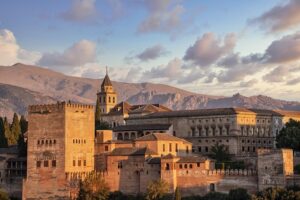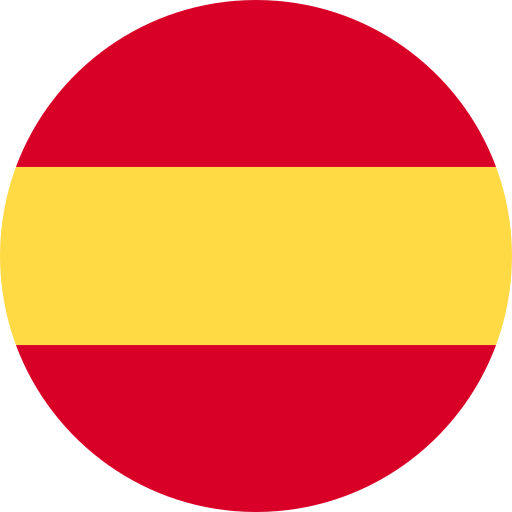AN INTRODUCTION TO GRANADA PROVINCE
 GRANADA Province is situated in the eastern part of the autonomous region of Andalucia, is bordered by the provinces of Málaga, Córdoba, Jaén, Albacete, Murcia, Almería and stretches down to the Mediterranean Sea. Its total area is 12,635km2 and contains 168 municipalities.
GRANADA Province is situated in the eastern part of the autonomous region of Andalucia, is bordered by the provinces of Málaga, Córdoba, Jaén, Albacete, Murcia, Almería and stretches down to the Mediterranean Sea. Its total area is 12,635km2 and contains 168 municipalities.
The city of Granada was originally known as Ilbyr in prehistoric times when it was inhabited by native tribes and then when the Romans colonised southern Spain they built their own city and it was called Illibris. The present name of Granada came from the Arabs who invaded in the 8th century.
Granada province boasts the tallest mountain in continental Spain, Mulhacén, at 3,481 metres as well as the Sierra Nevada mountain range (the most southerly ski resort in Europe). During the winter months, tourists flock to the Sierra Nevada for the skiing and mountain climbing, but Granada city is popular the year round for its Moorish architecture and the famous Alhambra, with its palaces and gardens. Not forgetting the cave dwellings dotted about the Sacromonte hill to the north of the city which was once the home of Granada’s large gypsy community.
The hill facing the Alhambra is called the Albaicin and if you wind your way up through the narrow streets, past all the whitewashed houses, you will reach the highest point with amazing views of the Alhambra and the many differing landscapes of Granada province.
The Sierra Nevada was designated a natural park in 1989 and a national park in 1998 and is shared by Granada and Almería provinces. The Alpujarras, the foothills of the Sierra Nevada, are well known for the distinctive Berber architecture of whitish grey box-shaped houses with flat clay roofs and the unique irrigation aqueducts that are still in use by local farmers. Located about 48 kilometres from Granada city, the area is very popular with walkers, hiking parties and campers – because of the melting snow from the mountains above, the landscape is very green, the wild flowers grow abundantly and the mountain goats roam freely.
MONTEFRIO
Heading west from Granada are some lovely villages, usually at the top of hills where they were built as Moorish defences against the Christians. One of them, close to the Córdoba border, is the stunning town of Montefrio with one of its churches (Iglesia de la Villa) perched on top of a rocky pinnacle. The views from the church are magnificent and, although the church no longer holds services, you can visit the small museum inside and learn all about the church and the castle that stood in its place before its demolition in 1486.
The town itself is famous for its variety of Spanish sausages, chorizo, salchichón and morcilla (black pudding) which can be sampled in the many village bars.
LOJA
Another town which was built as a defence on the western edge of the province is the beautiful town of Loja which spans the Genil river and is surrounding by olive groves and crops. You can still see the evidence of this stronghold today in the ruins of walls and the tower which was once part of the fortress.
Just a short drive outside Loja, on the river, are several waterfalls which are now a designated protected area. The river is a popular place for fishermen who travel from all over southern Spain to try their hand at catching one of the massive trout that frequent the Rio Genil.



